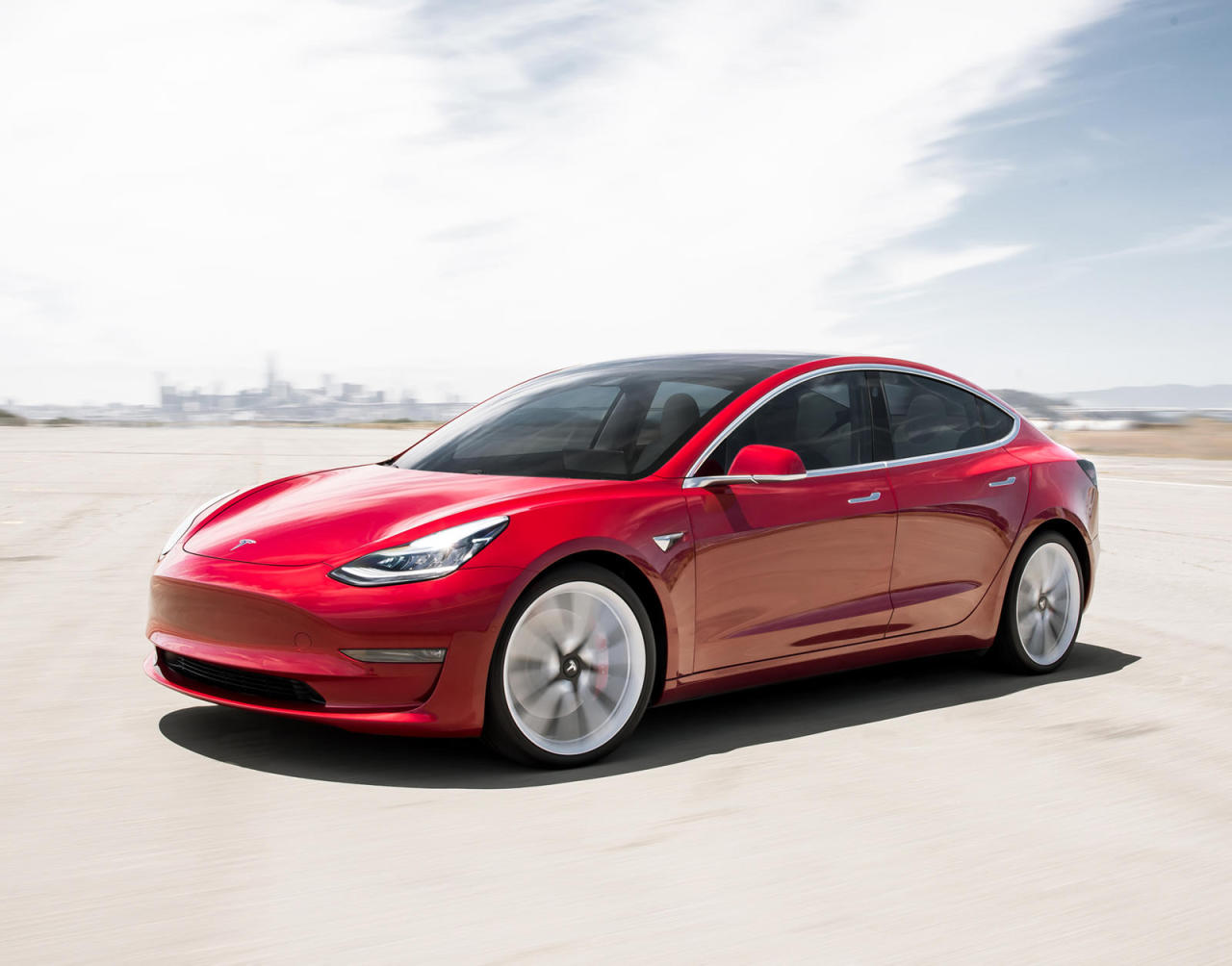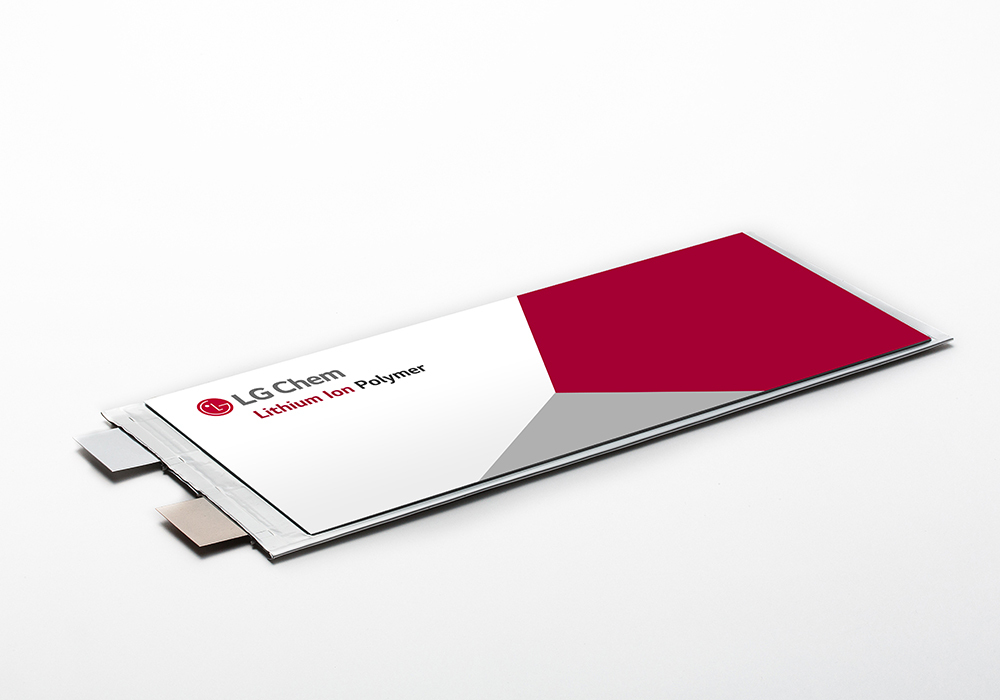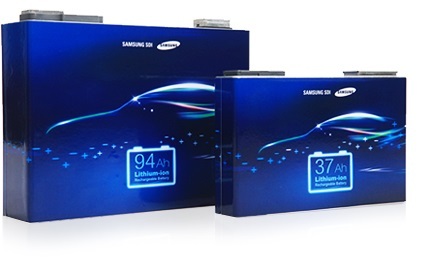[News Analysis] Want to buy an electric car? Better wait a few years for high-nickel batteries
Powerful batteries on the way from LG Chem, Samsung SDI and SK Innovation will offer longer range
By Kim Byung-wookPublished : July 13, 2020 - 17:10

One life mission for automakers is to find electric vehicle batteries that are cheap, yet powerful enough to offer a long range, as they account for more than 40 percent of the total cost of a vehicle’s parts.
Though the two goals may sound incompatible, theoretically it’s possible.
Lithium-ion batteries consist of four key components: cathodes, anodes, electrolytes and separators. The cathode is what determines a battery’s energy capacity.
In theory, when battery makers put more nickel inside the cathode, the battery’s energy density is enhanced, which translates to a greater range for EVs.
At the same time, battery makers can reduce costs, as putting in more nickel means putting in less cobalt, one of the most expensive raw materials and the reason the cathode accounts for 35 to 45 percent of the cost of the battery.
There is a reason South Korean battery makers don’t pursue this idea, which sounds too simple anyway.
“People think high-nickel batteries with small amounts of cobalt can be cheaper by cutting costs on raw materials, but that’s only half true. The higher the ratio of nickel, the more heat a battery emits, requiring a new heat control technology or process, which eventually drives up the final price,” an LG Chem official said.
While nickel makes batteries more powerful, other components such as cobalt, manganese and aluminum make them more stable.
However, battery makers are getting ready for the inevitable transition to high-nickel batteries in one way or another.
“Customers hesitate to buy EVs due to their short range, worrying that they might have to pull over and spend an hour charging their vehicles. However, when third-generation vehicles equipped with high-nickel batteries arrive -- traveling 500 kilometers or more on a single charge just like internal combustion engine vehicles do -- customers will no longer hesitate,” an SK Innovation official said.
Anticipating future demand, SK Innovation has been the most aggressive in pursuing high-nickel batteries. As early as next year, it aims to mass-produce the world’s first nickel-cobalt-manganese batteries in which the cathodes contain 90 percent nickel, 5 percent cobalt and 5 percent manganese, according to SK Innovation CEO Kim Jun.
As for NCM811 batteries, SK Innovation has been mass-producing them since 2018. The NCM 811 is a low-cobalt cathode with an 8-1-1 ratio of nickel to cobalt and manganese.

While SK Innovation is attempting to transition to high-nickel batteries at full speed, LG Chem is taking it slow with a dual-track strategy, locking in on both the high- and low-end markets.
For the high-end EV market, LG Chem believes demand for high-nickel batteries will materialize in 2022, one year slower than SK Innovation predicts.
“LG Chem is planning NCMA (nickel cobalt manganese aluminum) batteries with 90 percent nickel, 5 percent cobalt, and 1 to 2 percent of manganese and aluminum, respectively, in 2022,” the LG Chem official said.
As for NCM811 batteries, LG Chem is supplying them to premium EV brands including Tesla. In April, 7,576 Tesla Model 3 sedans sold in China in April were loaded with LG Chem’s NCM811 batteries, according to Adamas Intelligence.
For the low-end EV market, LG Chem said it will maintain its focus on NCM622 batteries, citing a Daishin Securities report stating that NCM622 batteries are likely to dominate the EV battery market for the next five years as NCM811 batteries pose a much higher risk of explosion.
In fact, it was only this year that LG Chem began mass production of NCM712 batteries, slowly moving on from its main product, the NCM622 battery.

Meanwhile, Samsung SDI seems to be the more patient.
“Samsung SDI already has high-nickel battery technology, which it has accumulated through years of manufacturing NCA (nickel cobalt aluminum) batteries with more than 80 percent nickel for small IT gadgets. Just because local competitors are mass-producing NCM811 batteries, there’s no need to hurry,” a Samsung SDI official said.
However, to avoid falling behind its competitors, starting next year Samsung SDI is expected to mass-produce Gen5 batteries that contain more than 80 percent nickel and can offer a range over 600 kilometers.
By Kim Byung-wook (kbw@heraldcorp.com)







![[KH Explains] How should Korea adjust its trade defenses against Chinese EVs?](http://res.heraldm.com/phpwas/restmb_idxmake.php?idx=644&simg=/content/image/2024/04/15/20240415050562_0.jpg&u=20240415144419)










![[Today’s K-pop] Stray Kids to return soon: report](http://res.heraldm.com/phpwas/restmb_idxmake.php?idx=642&simg=/content/image/2024/04/16/20240416050713_0.jpg&u=)